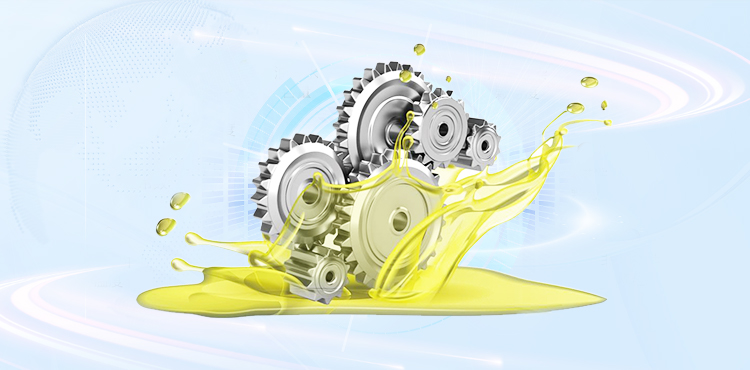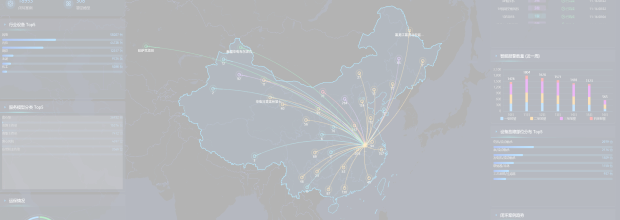Oil Monitoring
80% of the hidden dangers of mechanical equipment come from lubrication and wear failures, which are the main reasons for the failure of large equipment. Oil is the "blood" of mechanical equipment and runs through the entire life cycle of the equipment. It plays an important role in sealing, lubrication, friction reduction, cooling, cleaning, vibration reduction and corrosion prevention in mechanical equipment. Monitoring oil is similar to monitoring human blood, which is important and challenging. Traditional methods such as laboratory analysis and on-site testing still have many shortcomings and pain points. Ronds's intelligent oil monitoring solution provides a correct and effective basis for equipment maintenance and regular inspections through oil status analysis, truly realizing accurate, efficient and convenient operation and maintenance of oil.

Monitoring Challenges




-
Laboratory Analysis
The transmission and analysis time is long and the timeliness is poor; the sampling process may cause secondary contamination to the oil; the data presentation form is weak.
-
Field Testing
It is necessary to purchase professional equipment and add professional testing personnel, which increases costs and management difficulties; the deep-seated causes of equipment failures behind the oil status cannot be analyzed.
Solution Advantages




-
015G Communications
The oil online monitoring product that supports 5G communication is unique and leading in the industry. It can be equipped with wired optical fiber, Ethernet, RS485, WiFi and other communication methods according to the scenario to meet the networking needs of multiple scenarios.
-
02Built-in Oil Pump
The product is innovative and unique, with its own oil pump, covering low-pressure oil circuit scenarios. It does not require an external oil pump device, reduces construction difficulty, reduces the length of the sampling loop, and reduces the risk of oil leakage at the interface.
-
03State Controllable
The oil pump status is controllable, and the return oil flow rate can be adjusted according to the oil condition. The system has high stability and strong anti-interference ability.
-
04Accurate Monitoring
Strong power can reduce system pressure loss, more complete oil sampling and more accurate detection results.
-
05Safe and Reliable
The explosion-proof version and coal safety version adopt the "oil" and "electricity" separation dual shell mode, and have dual working modes of sensor and monitor; the sensor shell is equipped with flame arrester, current limiting valve and drain valve to ensure safety.
-
06Indicator Visualization
It can detect key parameters such as metal wear particles, moisture, viscosity, temperature, density, dielectric constant, etc. in the oil, visualize the data, and comprehensively display the multi-dimensional monitoring index card.
-
07Unified Management
It can be connected to the predictive maintenance system and supports the access of various process data of equipment to comprehensively evaluate the equipment status.
-
08New National Standard Certification
The solution incorporates innovative online monitoring products for mining oils and liquids, which meet the new national standards for the industry and are reliable.
Multi-dimensional Monitoring




-
Wear Particle Analysis
The composition, content and size of solid particles in oil samples are analyzed by the principle of electromagnetic induction to explore the wear mechanism, wear location and cause of wear of the equipment and predict the wear development trend.
01 -
Moisture Analysis
The principle of polymer humidity-sensitive capacitor is used to detect the water content in oil. The water in the oil will reduce the strength of the oil film, cause emulsification and deterioration, and cause pitting corrosion of the equipment.
02 -
Dielectric Constant Analysis
The ceramic interdigital electrode principle is used to detect the dielectric constant value. Continuous monitoring can reveal the wear trend of the friction pair of the components and the consumption of lubricant additives.
03 -
Viscosity Analysis
The resonance principle is used to monitor viscosity changes. The thickness of the lubricating oil film is directly related to the viscosity, and the thickness of the oil film determines the degree of wear between the friction pairs.
04
Start Your Journey to Intelligent Industrial Equipment Maintenance
















